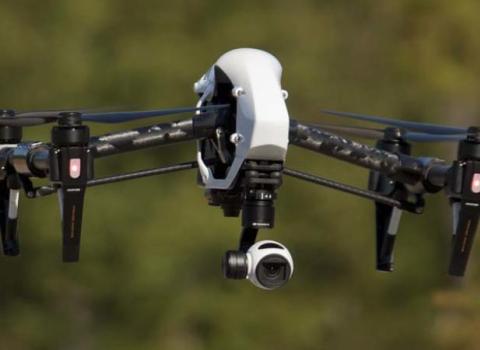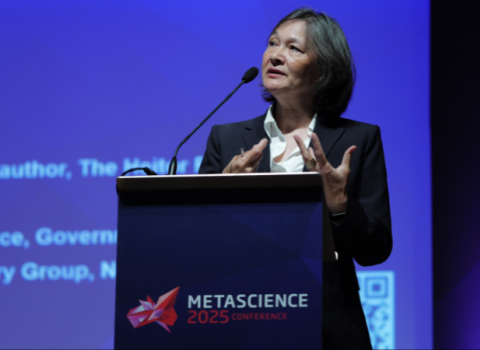
While not the largest biobank in terms of numbers, the German National Cohort will be set apart by the level of scrutiny of each subject, which, along with traditional blood and urine samples, health assessments and lifestyle questionnaires, will involve the expensive undertaking of scanning the brain, heart and other organs of 40,000 of the subjects, using magnetic resonance imaging.
The subjects will all be followed over several decades, with at least one recall after five years to assess their state of health.
In all, a very lengthy and costly project. To illustrate of the level commitment required, the German research body the Helmholtz Foundation got the project off the ground with a €20 million grant in October 2008. Now, according to Erich Wichmann, of the Helmoltz Centrum Munchen, negotiations on how much various German public research bodies will put into the project are well advanced. Once funding is agreed and the protocol complete, pilots will take place in 2011 and 2012, he told the Euroscience Open Forum meeting in Torino, Italy, this week.
It will then take until 2017 before all the subjects are recruited and their health information and tissue samples are banked. At this point the real research of uncovering links between genes, environment and health can begin.
In the face of Europe’s ageing population there is a growing need for large-scale biobanks built on samples and profiles from healthy individuals, who can then be followed over a long time to underpin research into the prevention of chronic disease, Rudolf Kaaks of the German Cancer Research Centre, told delegates. Biobanks can be used to identify risk factors related to diet, habits or the environment, and help people to avoid them. They can also be used to identify biomarkers that are either predictive or early indicators of disease, allowing preventative measures or treatment before a disease becomes serious. Longer term, the findings will inform the development of new drugs.
So, there is very great promise in the German National cohort, and in other biobank projects in Europe. But one problem they encounter is that typical research funding does not provide appropriate support for these long-term projects, according to Pauline Mattson of the Karolinska Instituet in Stockholm.
She is just completing a socio-economic analysis of existing European biobanks, as part of the EU-funded Biobanking and Biomolecular Resources Infrastructure (BBMRI) initiative, which is looking at ways to link up 400 or so existing biobanks to share information and to agree rules for accessing clinical samples. This will happen under the umbrella of the Commission’s new structure and legal status for shared science facilities, the European Research Infrastructure Consortium (ERIC).Over 200 organisations are involved in BBMRI, including existing biobanks and funders in 24 countries. While the final structure of a network linking biobanks is yet to be decided, Mattson said it is expected to be based on a number of hubs.
Mattson’s investigation, carried out with the technology consultancy Technopolis, forms part of BBRI’s preparations to apply for ERIC. Ten biobanks that were studied in depth all have funding difficulties. “Many public funding schemes are more specifically geared to four to five year research programmes. Biobank projects need at least this amount of time before they start getting any results,” Mattson said. Many biobanks get funding to set up and collect samples, and then find it difficult to get more money to start to analyse and apply the information they hold.
“The existing funding mechanisms in Europe are not suitable for the maintenance of biobanks, and this is a major problem,” Mattson said. “You can’t do any research before the infrastructure of the biobank is in place; in other words there is a need to create new funding mechanisms suited to biobanks.” The difficulty will be heightened in case of new biobanks like the German National Cohort, that are being set up to follow healthy volunteers over many years. Mattson suggested that funding will need to be ensured for at least 15-20 years.
Several EU countries have recognised the need for long term funding, according to Wichmann. In Germany there has been a call for regional coordination of biobanks. “It would be incredibly stupid to throw these incredible collections away because they don’t fit into normal funding models, Wichmann said, adding, “The [European Commission] has recognised the problem, but it is not [providing] funding.”
There are also mixed models when it comes to biobanks doing what they are set up to do, which is allowing researchers access to information and providing samples. Many biobanks distribute samples free, some charge for administration, others for cost of goods or shipping. Many do not have good records of how many samples they have distributed over the years. “There is not usually a cost recovery mechanism,” said Mattson, adding, “Cost recovery could be an alternative source of long-term funding.”
While the German National Cohort will be a very detailed and broad repository it will lack the statistical power to confirm associations in multifactorial chronic diseases and in rare diseases. “We want to connect to other biobanks in Europe, to add power,” Kaaks said. This is particularly important in genome-wide association studies that compare healthy and disease populations to pick out genetic variants associated with disease.
The UK Biobank project costing £65 million, has just finished recruiting 500,000 middle-aged subjects, another proposed biobank in Sweden will also recruit 500,000 people, in this case from birth onwards, the Netherlands plans to include 100,000 volunteers in its project. “There is further detail in the German biobank, but we will try to be compatible with these,” Kaaks said.
The ability to make these links lies at the heart of creating a single research infrastructure under BBMRI. But Mattson has uncovered a problem lying in the way of this, which is a lack of harmony in the types of consent that subjects give when their information is added. “So far there has been no harmonisation among different countries in Europe. Each consent form is different. Some say patients own their information and can withdraw, others give more rights to biobanks,” Mattson said.
This is also creating potential barriers in terms of the commercialisation of any biomarkers or other discoveries made using biobanks. “There needs to be more focus on legal and ethical issues, especially if we want to involve industry, which is concerned about issues such as consent, intellectual property rights, sharing and accessing data,” said Mattson. “Industry is not wanting to get involved without proper rules.”





 A unique international forum for public research organisations and companies to connect their external engagement with strategic interests around their R&D system.
A unique international forum for public research organisations and companies to connect their external engagement with strategic interests around their R&D system.